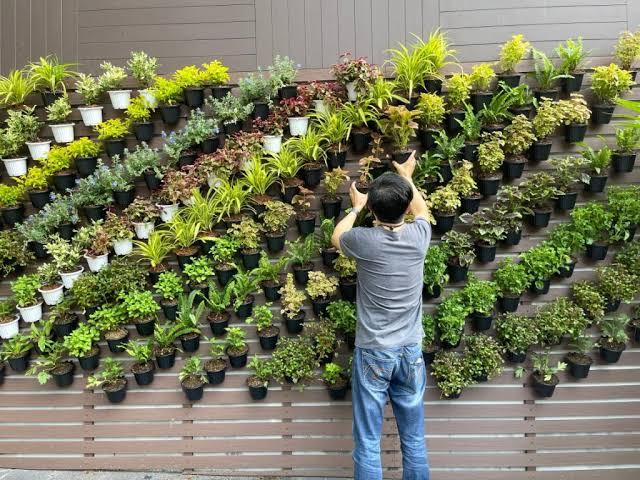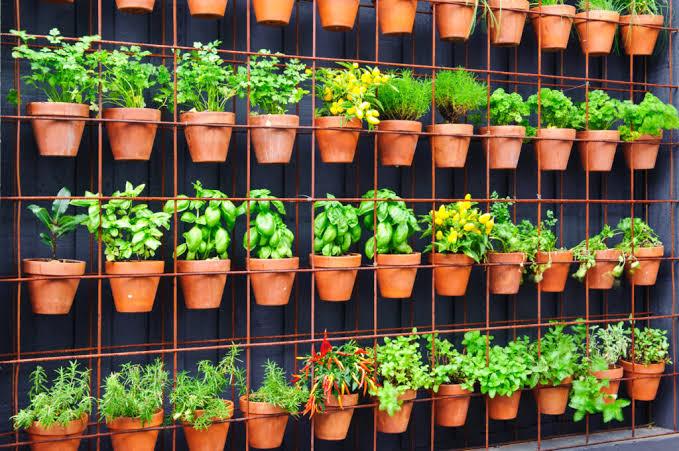Introduction
As urbanization continues to expand, the need for sustainable, space-efficient gardening solutions has never been more critical. Vertical gardening offers a perfect answer, allowing individuals to grow plants in limited spaces, from apartments to city rooftops. By utilizing vertical space, these gardens maximize plant growth while minimizing environmental impact.
What is Vertical Gardening?
Vertical gardening refers to the practice of growing plants upwards rather than outwards. This technique involves the use of walls, towers, trellises, and other structures to support plants. Whether using soil-based or hydroponic systems, vertical gardens can thrive in small spaces, turning any flat surface into a green oasis.

Environmental Benefits of Vertical Gardening:
Maximizing Space: Ideal for apartments, urban rooftops, or areas with limited ground space, vertical gardens create a vertical garden wall where plants can grow upward rather than out.
Improved Air Quality: Like traditional gardens, vertical gardens absorb CO2 and release oxygen, helping to purify the air in urban environments. They also reduce the urban heat island effect by cooling surrounding areas.
Waste Reduction: Vertical gardens can incorporate composting systems, reducing food waste and promoting circular economies. Also, they can capture and reuse rainwater, reducing the need for extra water resources.
Biodiversity Enhancement: By creating more green spaces, vertical gardens promote urban biodiversity, providing homes for pollinators like bees and butterflies.
Types of Vertical Gardening Systems:
Trellis Systems: Simple frames or wires attached to a wall or fence where climbing plants like tomatoes, cucumbers, or peas can grow.
Living Walls: Also called green walls, these are large panels with plants growing directly into a medium like soil or felt. They are often seen in commercial buildings or public spaces but are increasingly used in residential areas.
Hydroponic Towers: These systems use water and nutrients instead of soil, perfect for growing leafy greens like lettuce or herbs. They are especially efficient in water use.
Pallet Gardens: A DIY-friendly option, wooden pallets can be converted into vertical planters, ideal for small spaces and urban gardening enthusiasts.
Know more about types of vertical gardening
A Real-World Example:
A 2019 study by the University of Melbourne found that vertical gardens on urban buildings significantly reduce energy consumption by providing insulation, thereby reducing heating and cooling costs. The study showed that buildings with vertical gardens have a 30-50% reduction in temperature, mitigating the need for air conditioning.
Additionally, vertical gardening projects like the Living Green Wall in Paris showcase how urban agriculture can integrate with city infrastructure, turning previously unused spaces into productive green zones.
Conclusion:
Vertical gardening offers a sustainable, space-efficient solution to the challenges posed by urbanization. By transforming available space into lush, green areas, this gardening method supports biodiversity, reduces energy consumption, and promotes a more sustainable lifestyle in cities. Whether through DIY projects or advanced systems, vertical gardens are helping redefine what it means to grow in urban environments.

